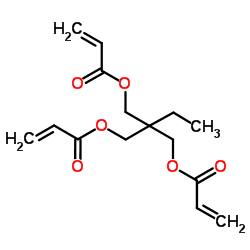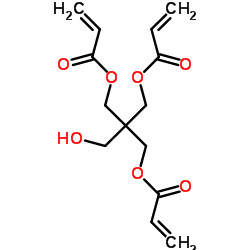| Structure | Name/CAS No. | Articles |
|---|---|---|
 |
Trimethylolpropane triacrylate
CAS:15625-89-5 |
|
 |
Pentaerythritol triacrylate
CAS:3524-68-3 |